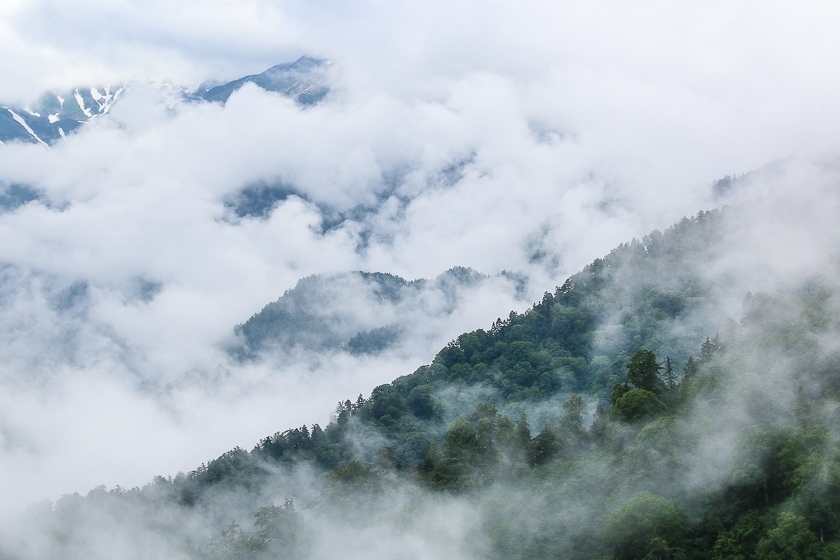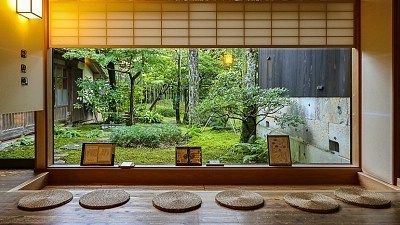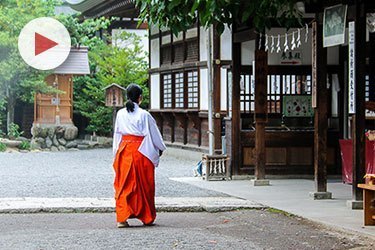Remote Riches in Toyama
Toyama Prefecture is home to some of the most stunning attractions in the country. Mountains make up more than half of the prefecture and are even visible from the capital city of Toyama. The other half of the prefecture borders the Sea of Japan, and needless to say, boasts coastal views. With an amazing location offering both mountain and sea, it is a bit of a shame that many visitors often pass through heading to the other well known cities like Kanazawa in the west or Takayama in the south.
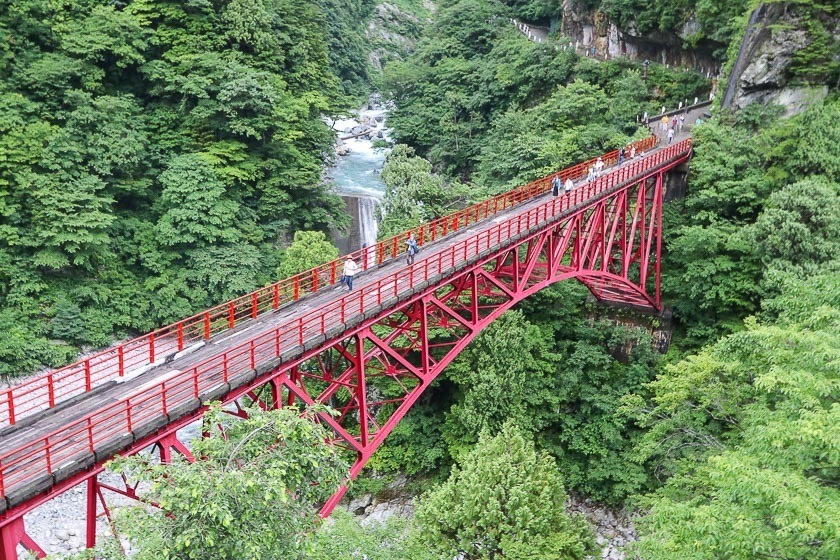
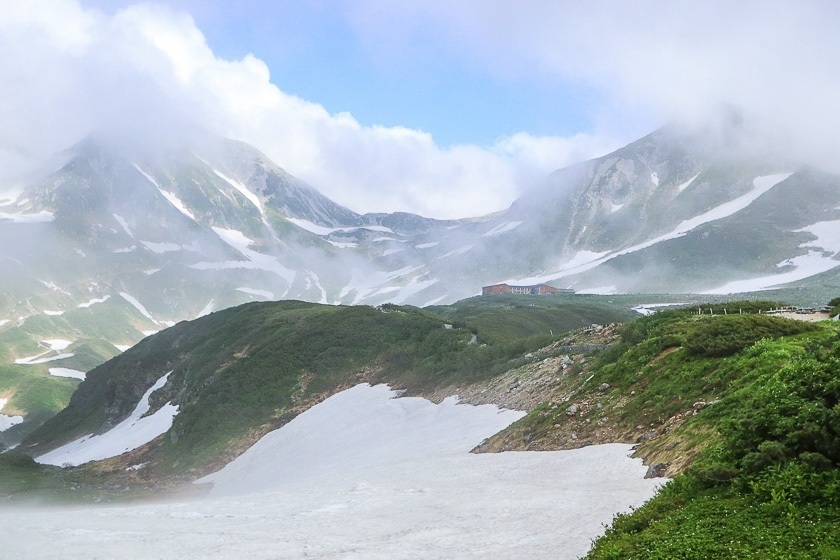
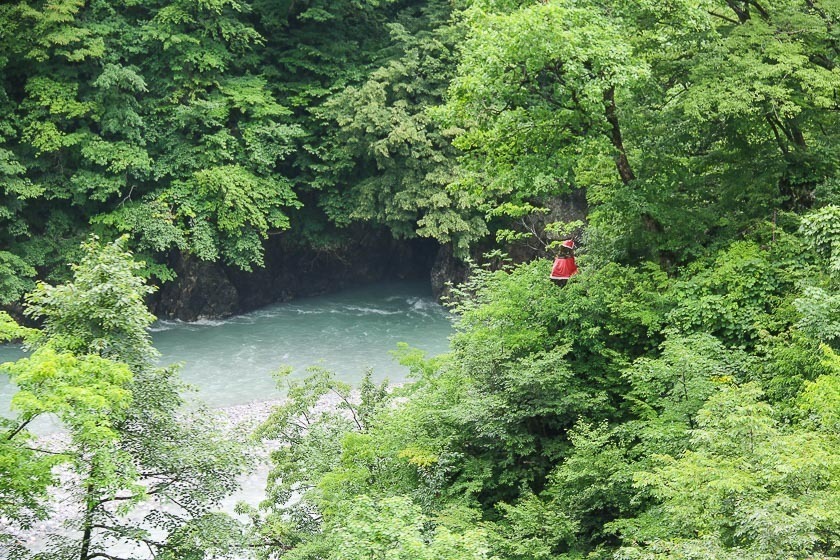
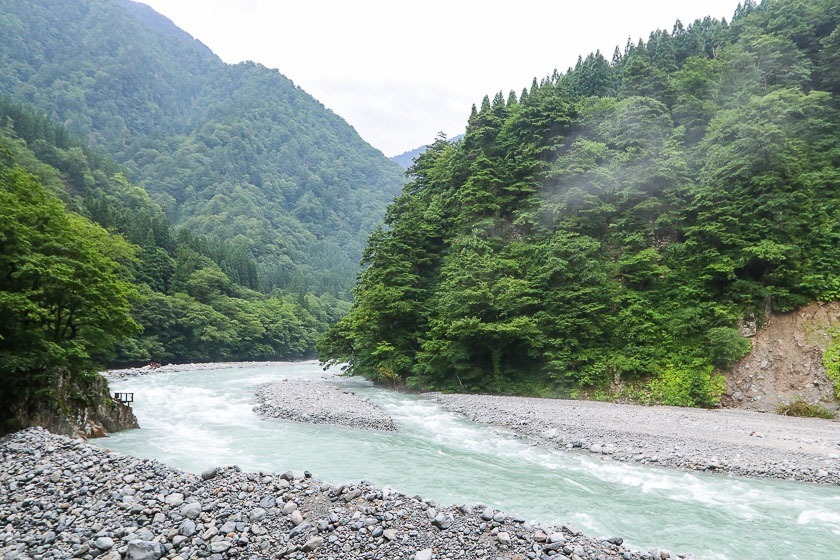
On this trip, I set off to uncover some of the top attractions in Toyama Prefecture. Of course, the capital city of Toyama offers a variety of experiences and sights to see, but nothing beats adventuring through the wild mountainous interior and witnessing the raw beauty of nature.
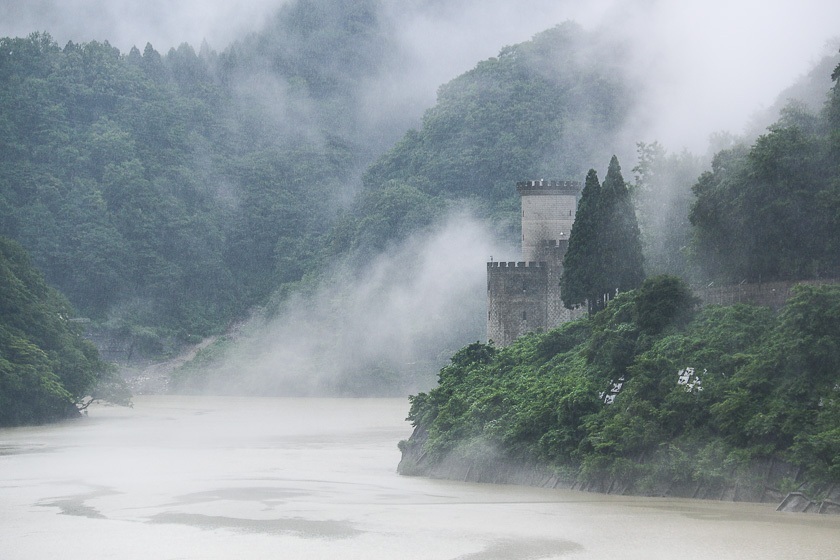
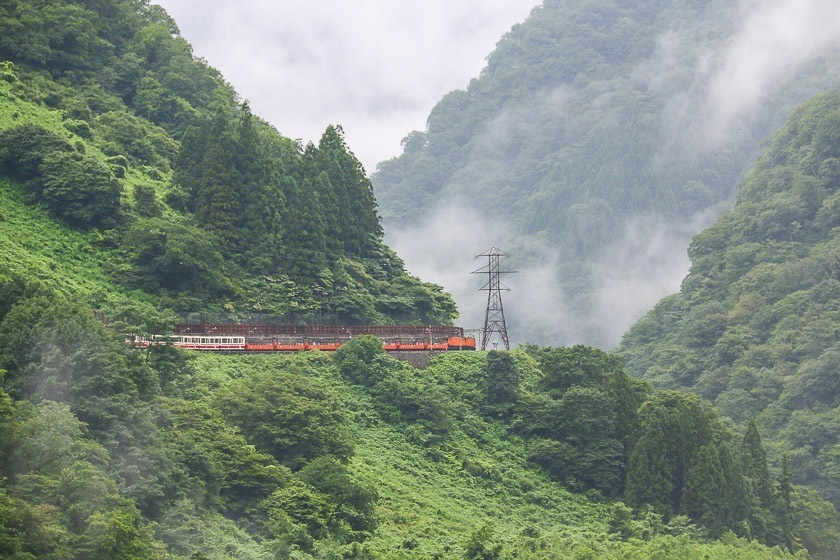
I kicked off my four-day trip with a visit to Kurobe Gorge. The Kurobe Gorgeーnot to be confused with the Tateyama Kurobe Alpine Route which I also visited later in the tripーis Japan's deepest V-shaped gorge that cuts through part of the Northern Japan Alps. The best way to see and experience the gorge is to take the Kurobe Gorge Railway which takes you about 20 kilometers into the valley.
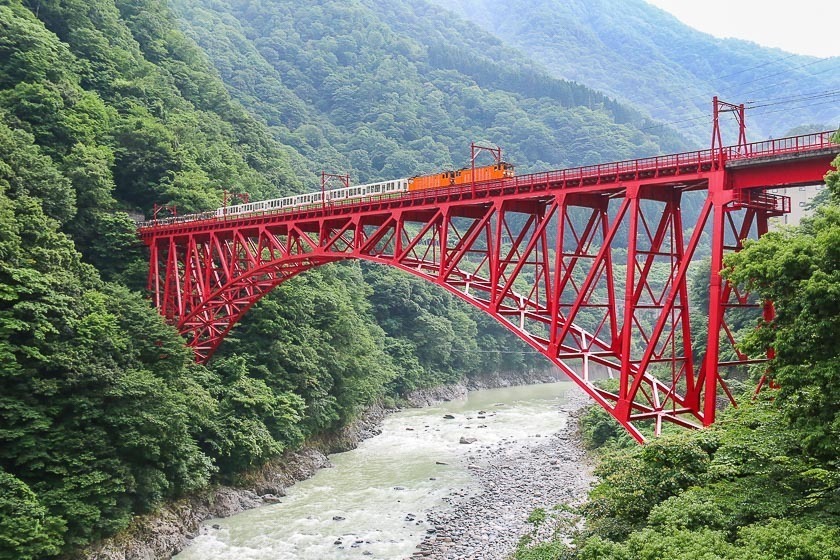
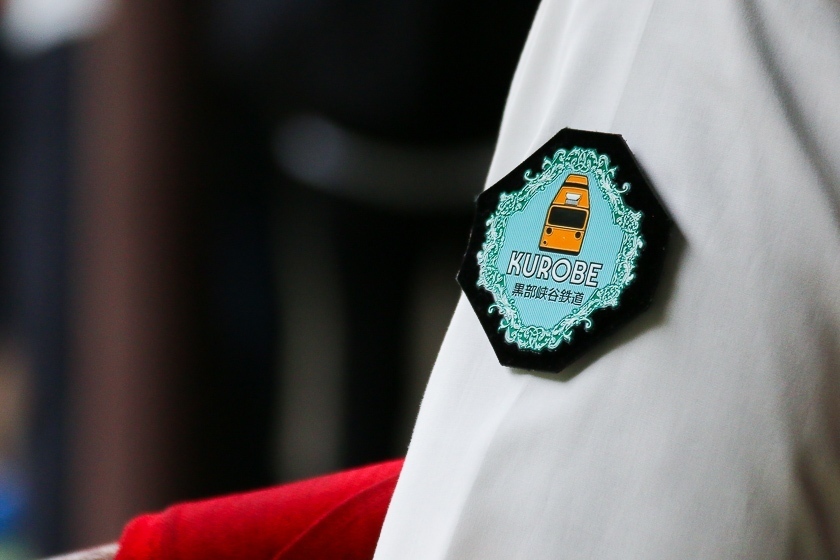
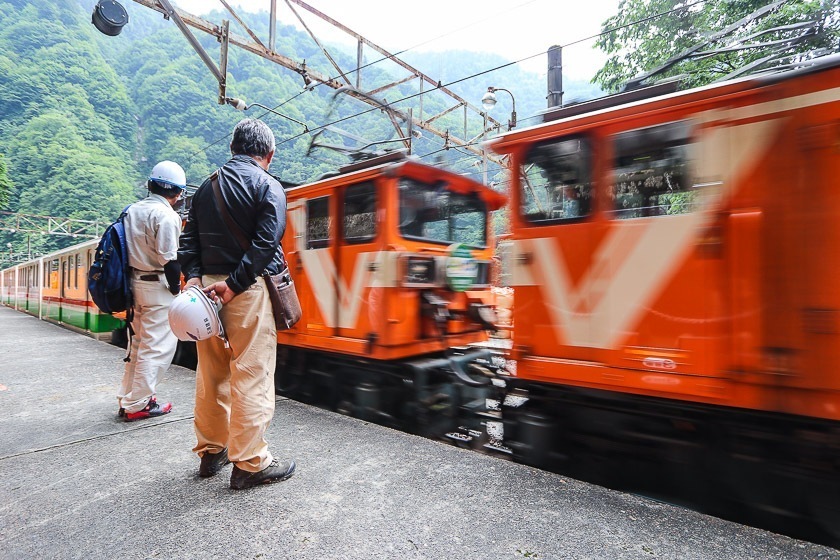
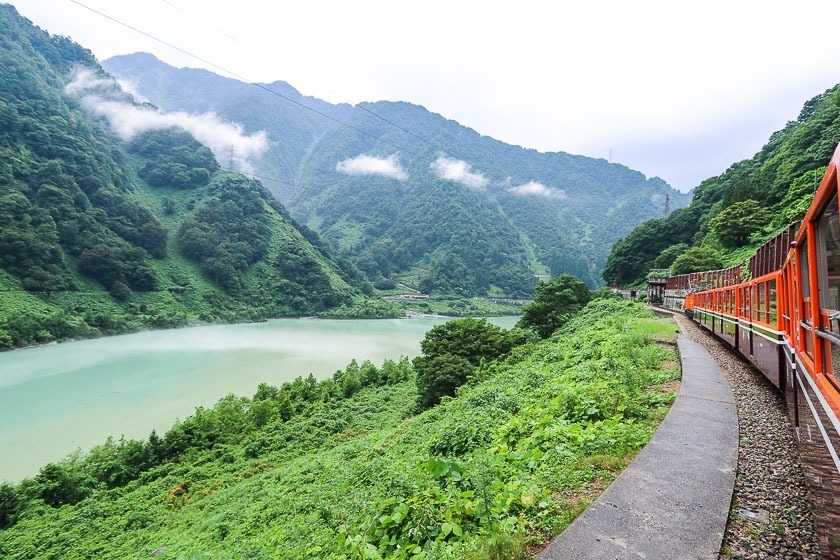
The train ride from Unazuki Station to Keyakidaira Station took about 80 minutes, crossing numerous bridges and tunnels alongside forests of tall trees. Especially popular in the autumn when the trees take on their fall colors, the Kurobe Gorge is equally enjoyable outside of the season like when I was there.
I took some time to explore the area around Keyakidaira Station before taking the train back to Unazuki Onsen Town, where I would spend the night.
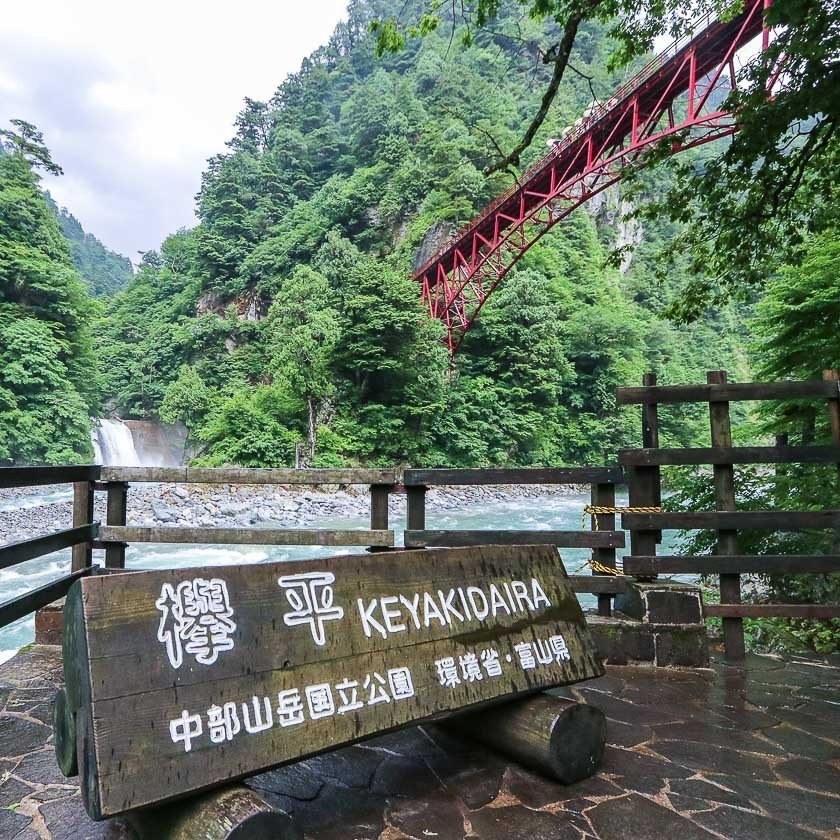
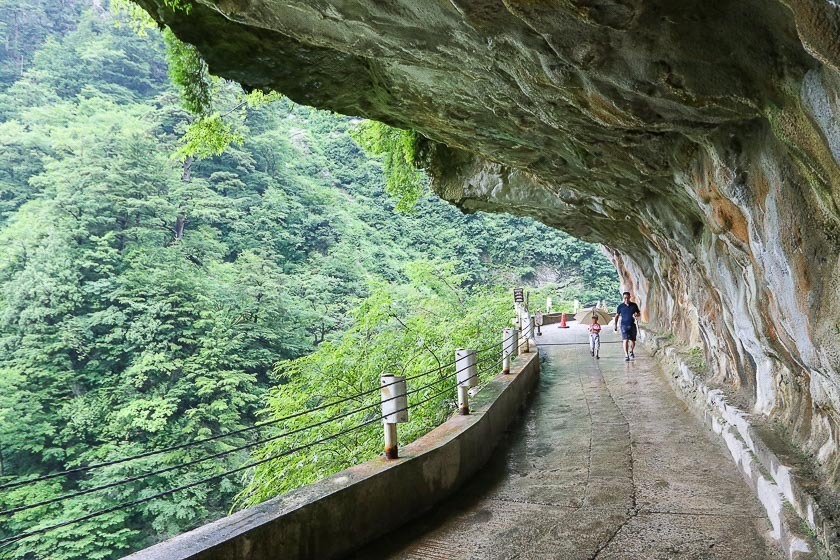
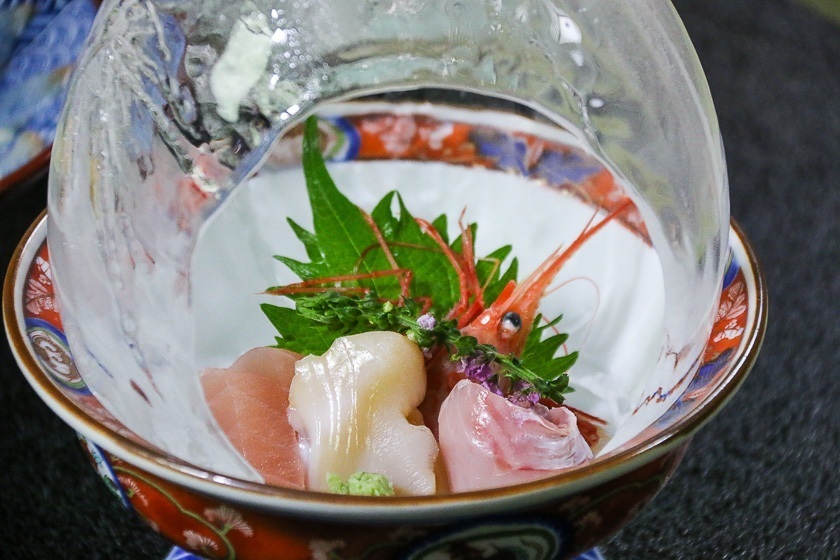
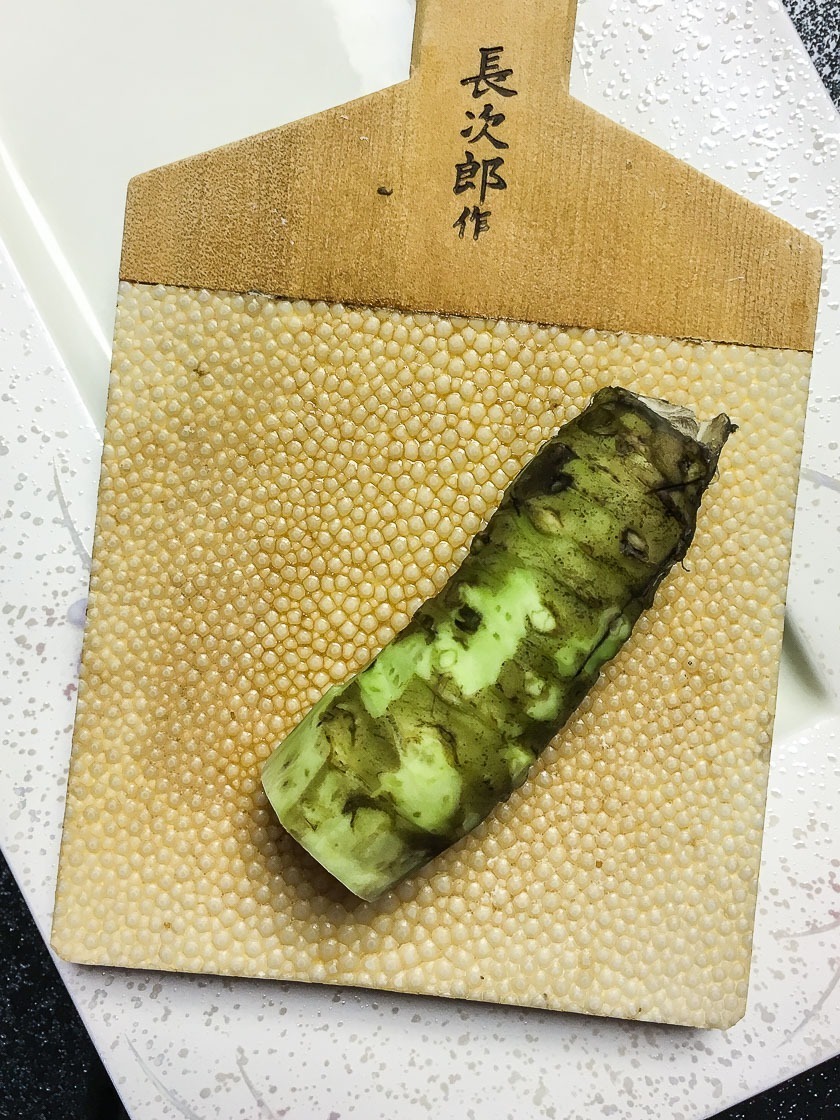
The following day I made my way to Ainokura in the Gokayama region of Toyama. Ainokura is a small village of gasshozukuri farmhouses tucked away in the forest. Together with Suganuma and Ogimachi, it was designated a UNESCO world heritage site in 1995. The village's farmhouses have centuries of history, and staying overnight in one of them would certainly be a highlight of your trip.
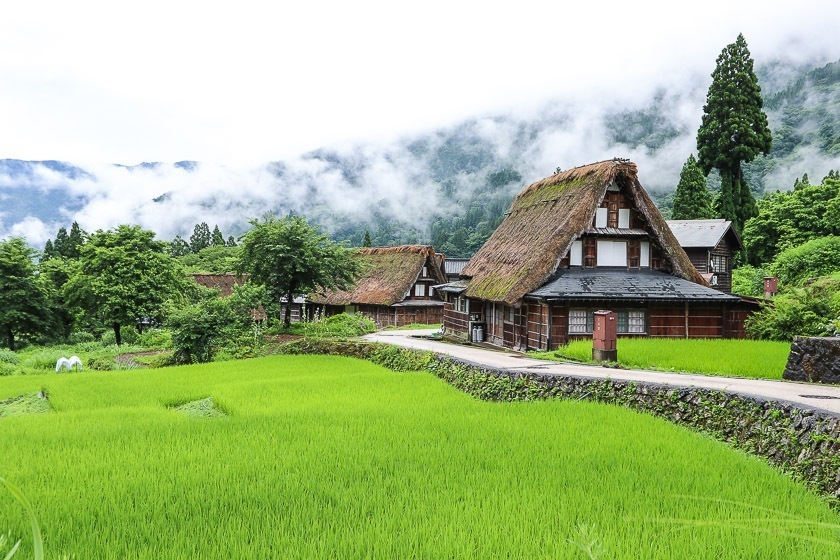
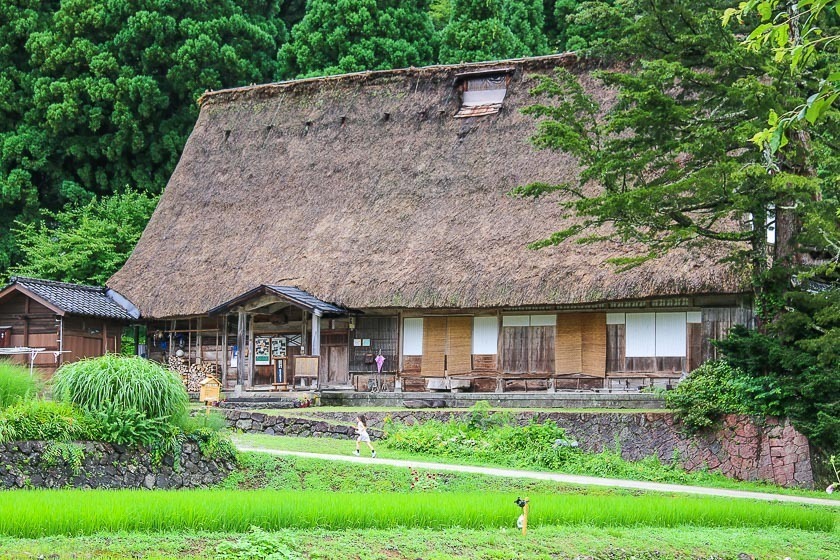
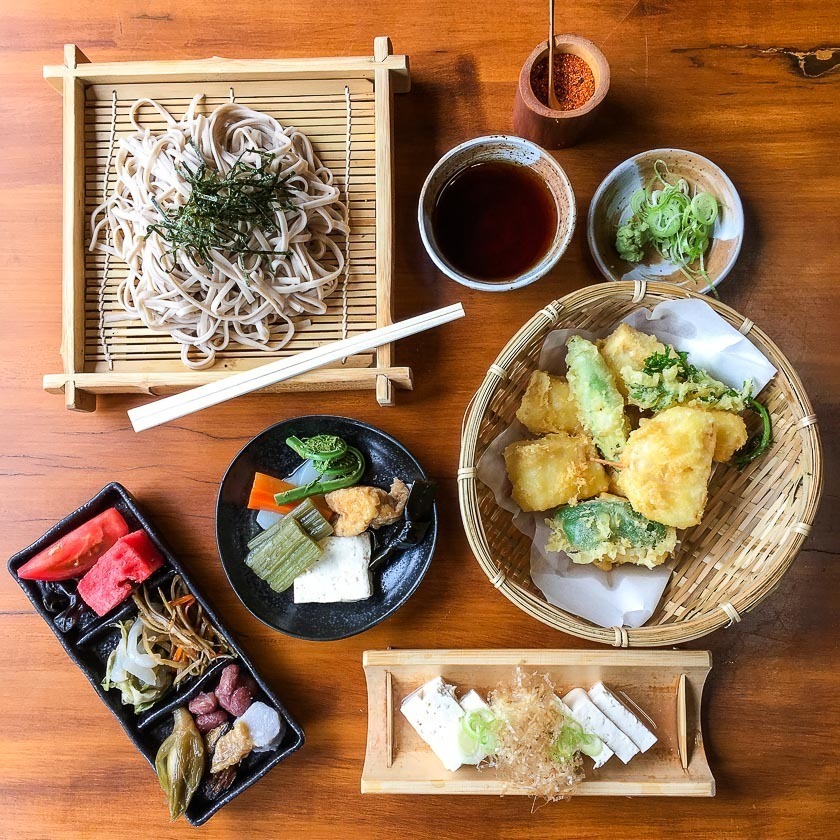
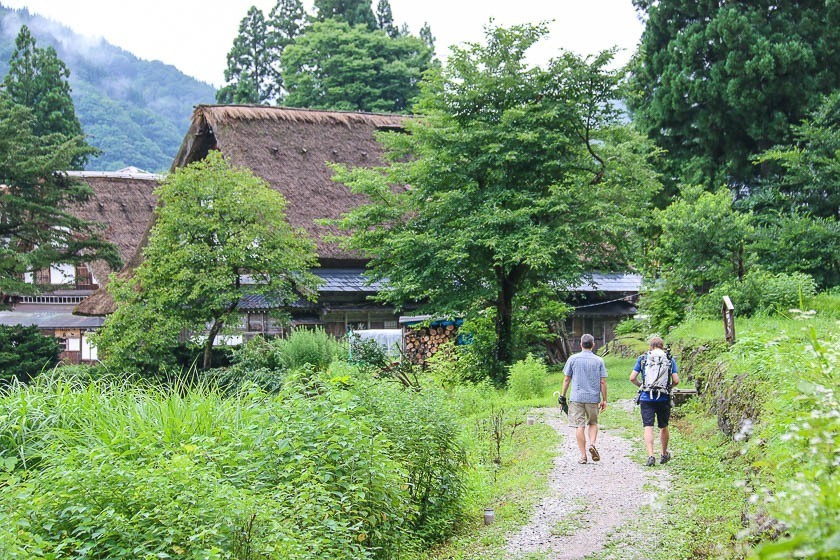
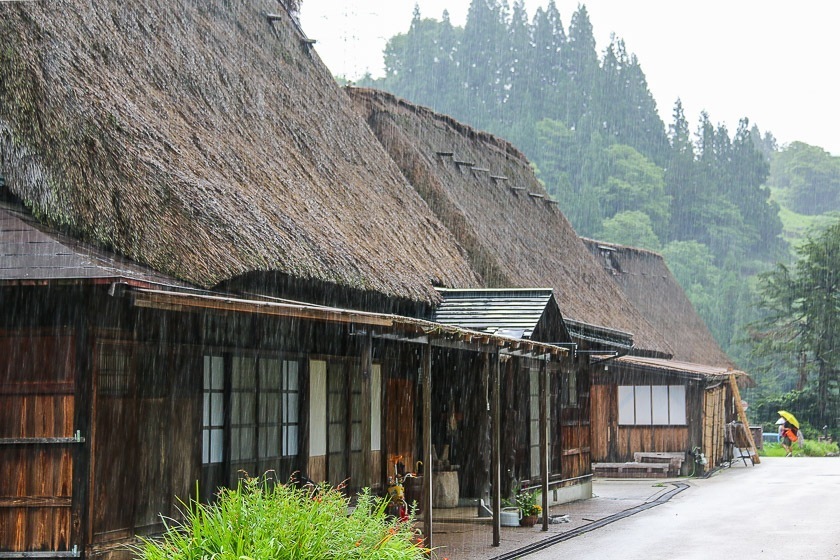
Staying overnight requires advance reservations as space is limited in the small village, and dinner takes some time to be prepared. Note that aside from the room you occupy, the rest of the farmhouse is shared public space as was the case when I stayed overnight. I had the opportunity to meet some other interesting travelers, and we exchanged stories and other travel tales over dinner.
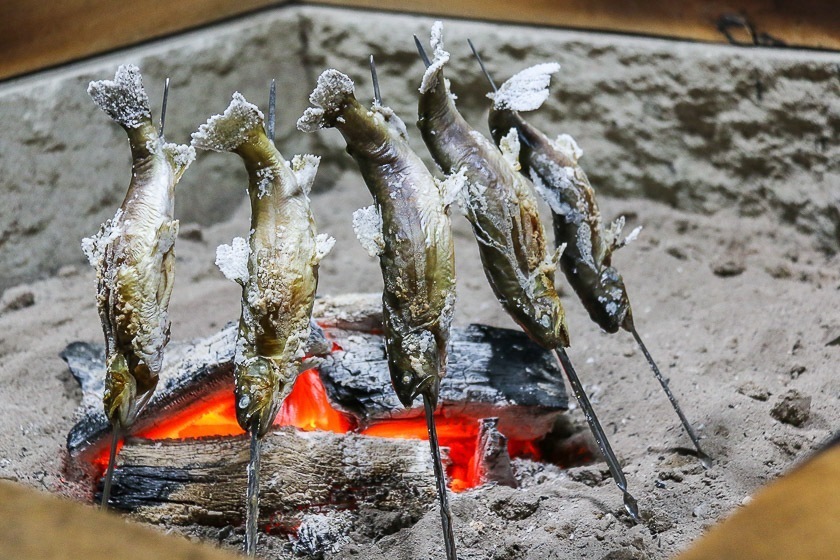
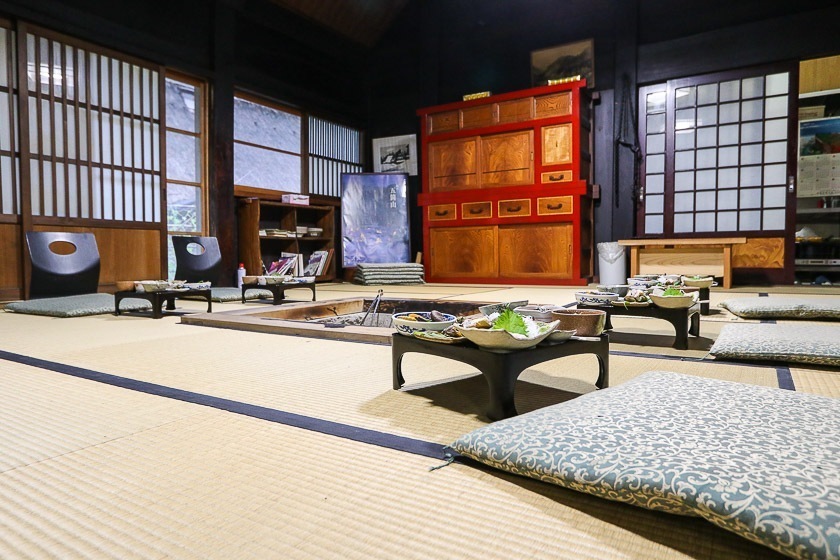
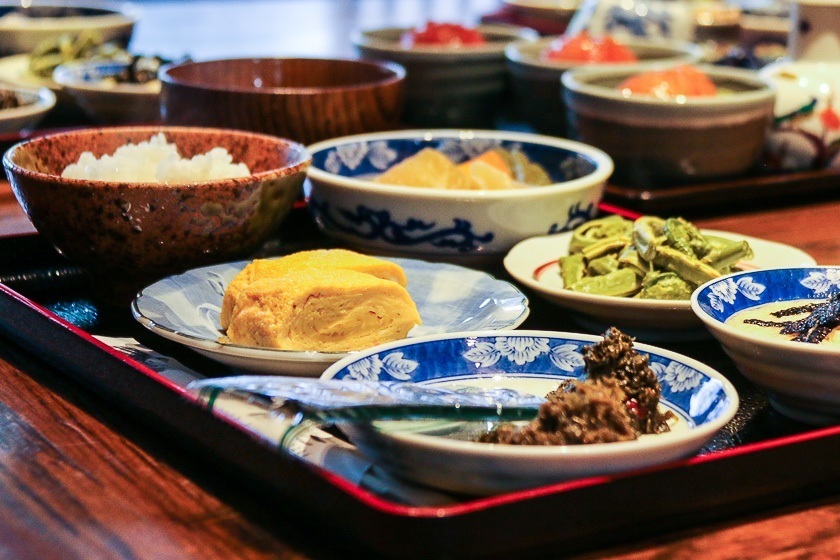
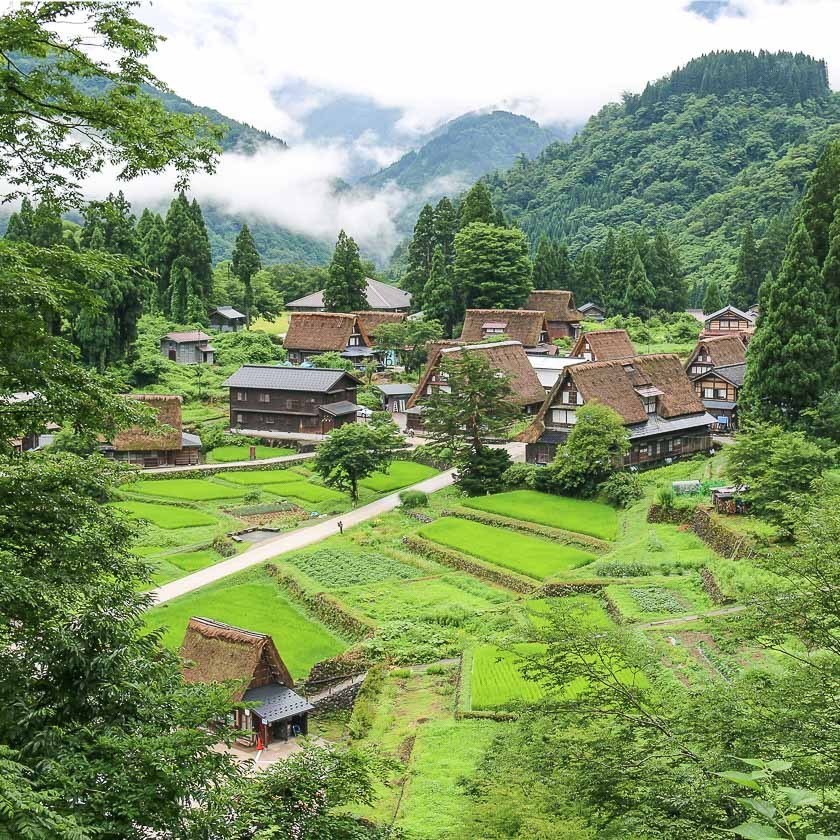
On the third day, I got up early to make time for a short detour before heading to the Tateyama Kurobe Alpine Route. My destination for the morning was the quiet woodcarving town of Inami in Nanto City. Traditional wood carving is the feature of the town, and there are over 200 artisans trained in the art and living here. Due to the lack of woodcarvers in the rest of the country, these craftsmen receive orders from shrines and temples from all over Japan. Wood carving takes an incredible amount of time and it was quite an eye-opener to see the artisans in action.
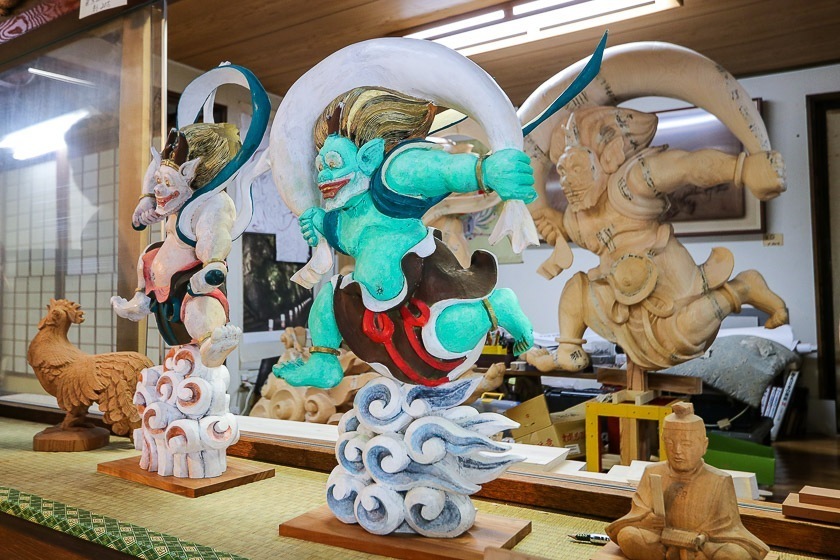
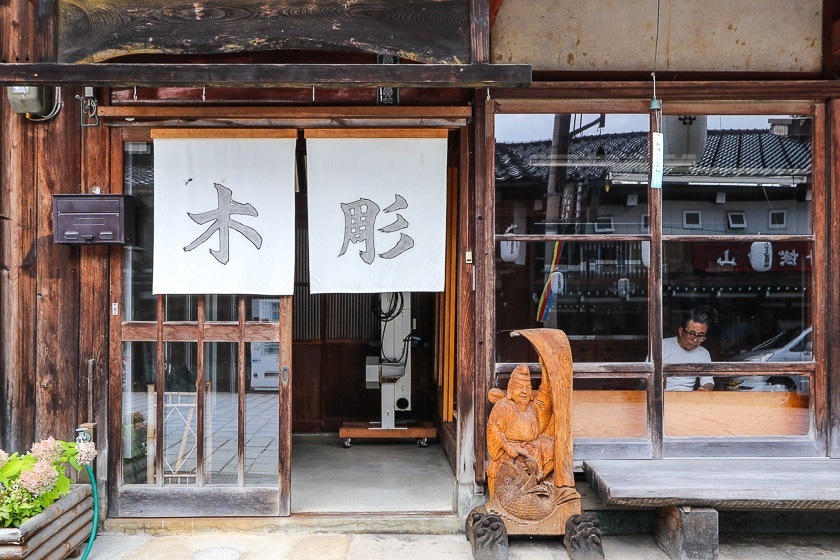
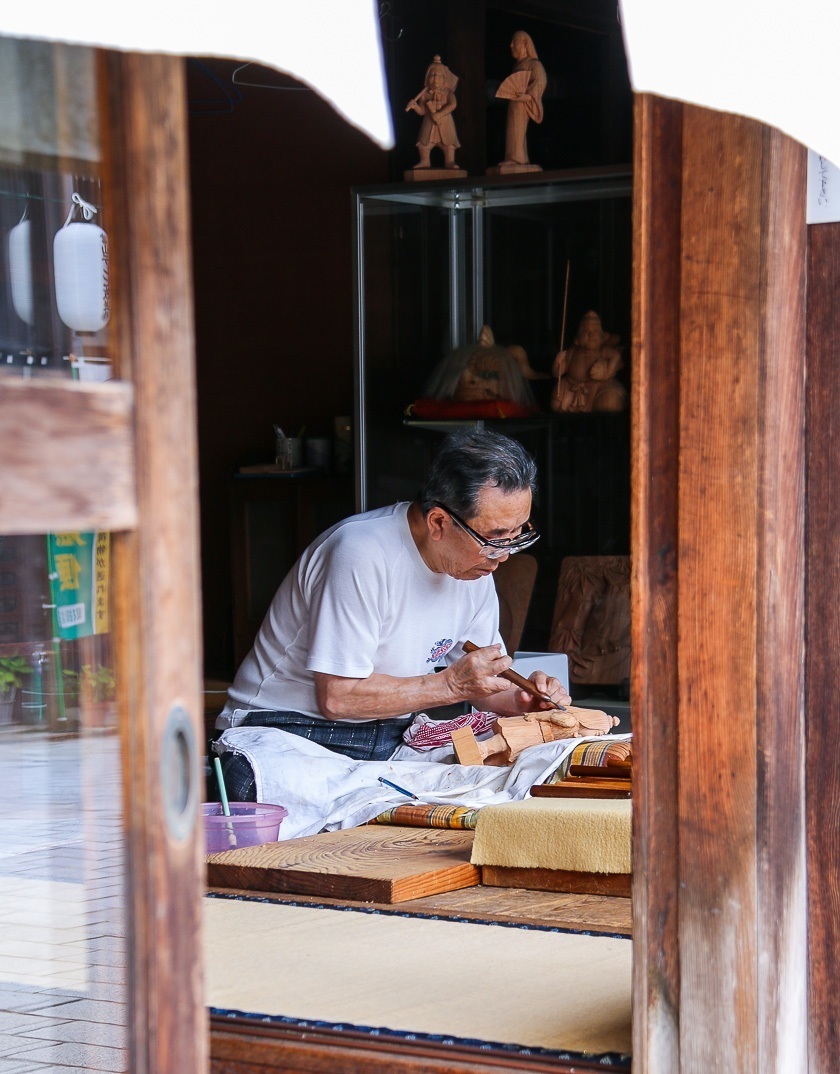
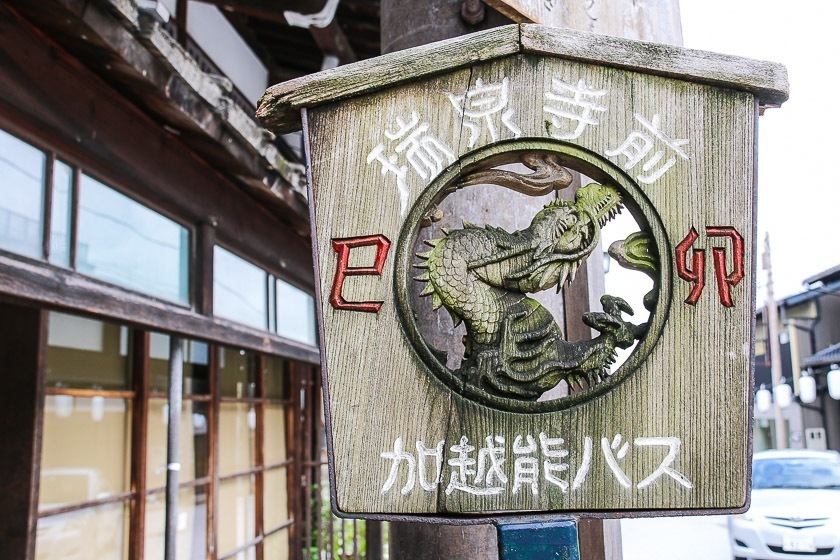
Inami Betsuin Zuisenji Temple is one of the symbols of the woodcarving town of Inami, and holds the record for being the largest wooden structure in the Hokuriku Region as well as the fourth largest in Japan. Intricate wood carvings decorate the main structures on the temple grounds, and its current buildings were constructed over the centuries with some remaining from the Edo Period. I could have easily spent more time wandering around the town inspecting the various carvings, but had to hurry along before it got too late for my next stop.
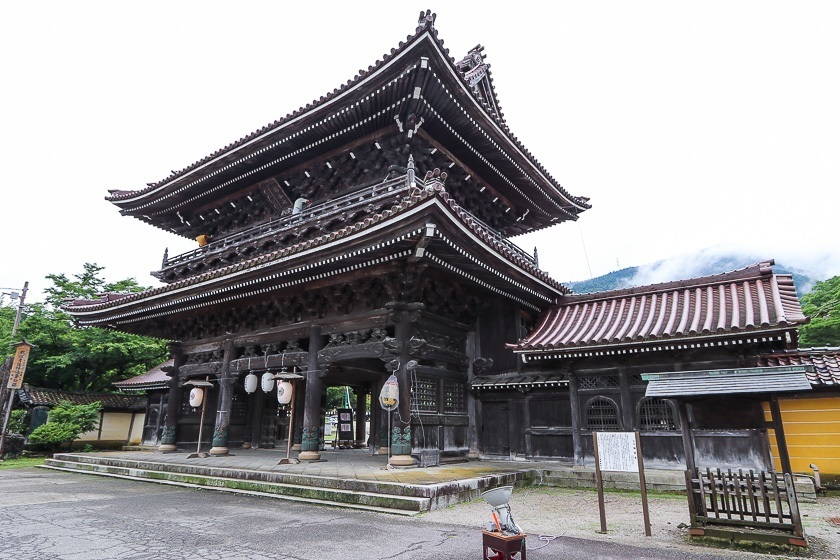
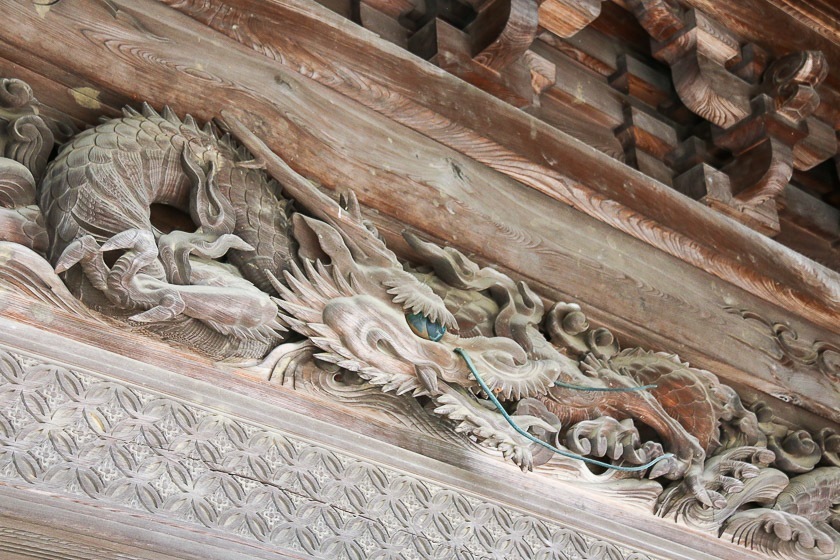
A popular spot that sees lots of visitors, both local and international, is the Tateyama Kurobe Alpine Route. Spanning two prefectures, this spectacular alpine route cuts through the Northern Japan Alps, and majority of the route lies in Toyama Prefecture. While it can be traversed in a single, albeit long day, I chose to do it over two days and stay the night at Murodo, the highest point. The Tateyama Kurobe Alpine Route does not stay open all year but is typically open between mid April to end November.
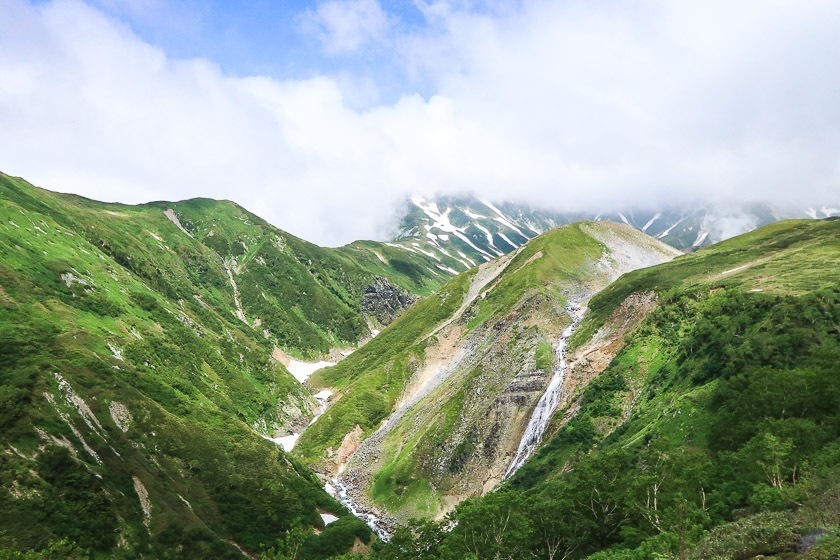
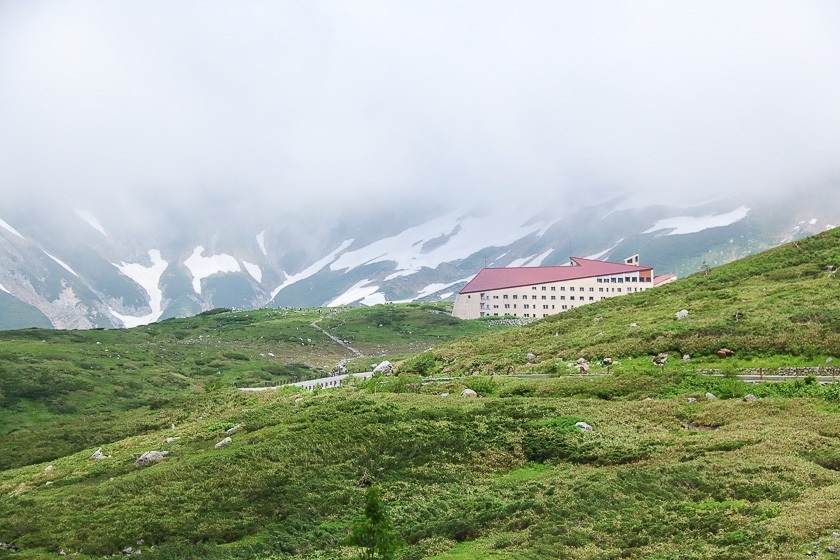
The main draw for a lot of international visitors is the snow corridor at Murodo which sees snow walls of up to 20 meters high, and the best time to see it is mid April to late June. There are many hiking routes along the route and many choose Murodo as their starting point as there are a variety of trails, including ones that lead further up towards Mount Tateyama, the highest peak in the area.
In the autumn, the mountain slopes develop breathtaking fall colors wow-ing those who visit. Due to its large range in elevation, the fall color season remains relatively long on the route, starting around late September at the highest point and finishing around end October at the lower elevations. Some of the best places to see the color spectacular include Murodo, along the ropeway and around Kurobe Dam.
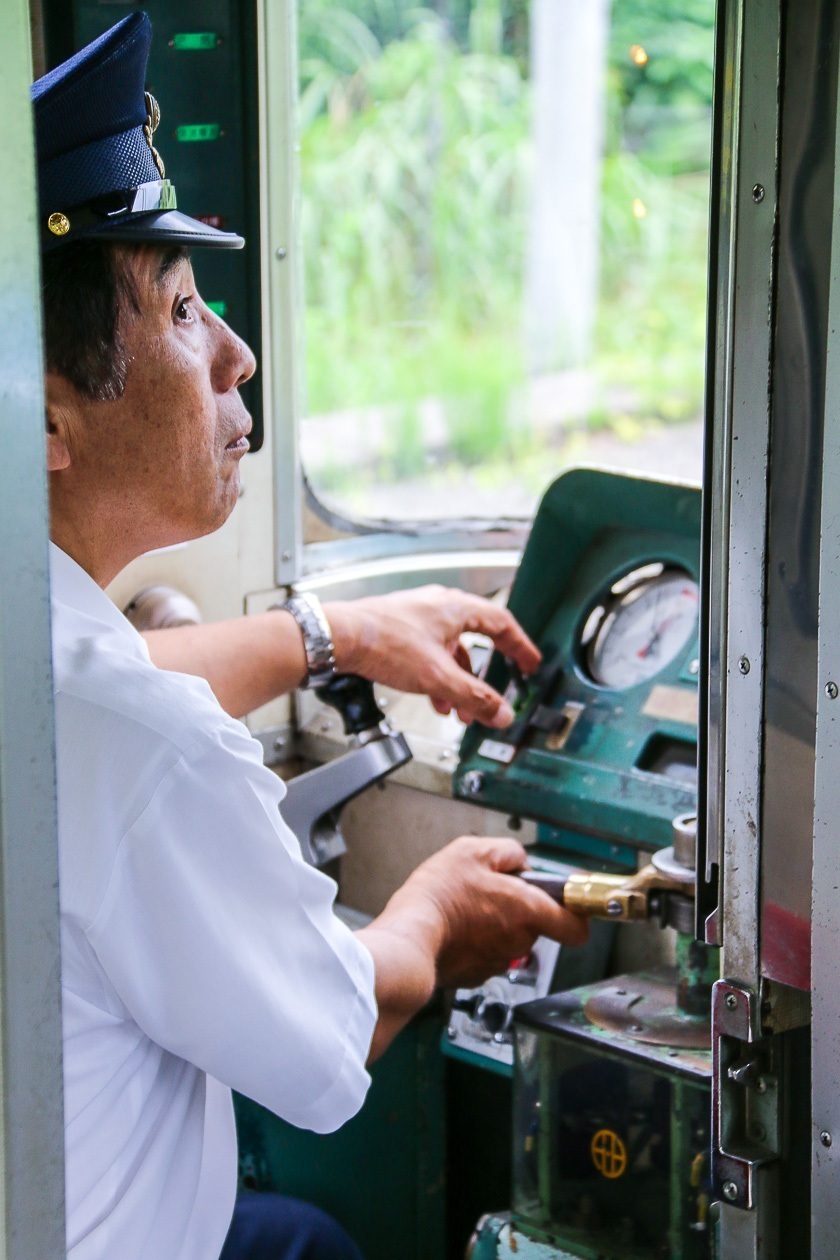
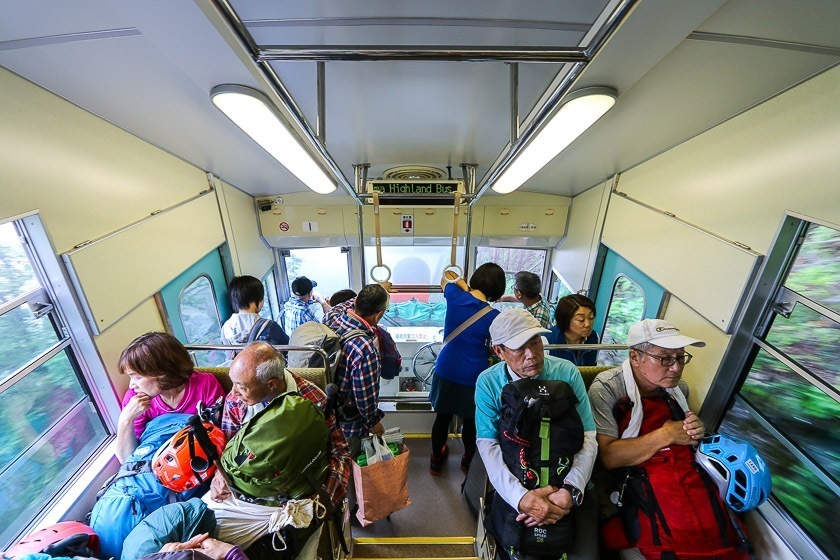
I started my journey towards Murodo under cloudy skies and wasn't too hopeful about the view at the top. However, the highest point on the route was just above the cloud cover and I managed to have some time to look around before the low hanging clouds came through. One of the highlights of staying overnight at Murodo was being able to see the night sky unaffected by light pollution. Despite it being slightly cloudy, I was treated to an amazing view when the clouds parted, underscoring the vastness of the universe.
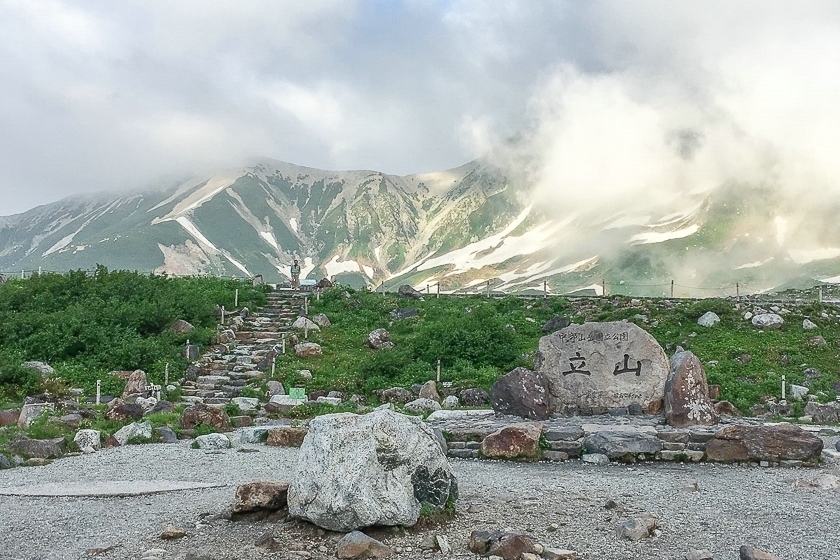
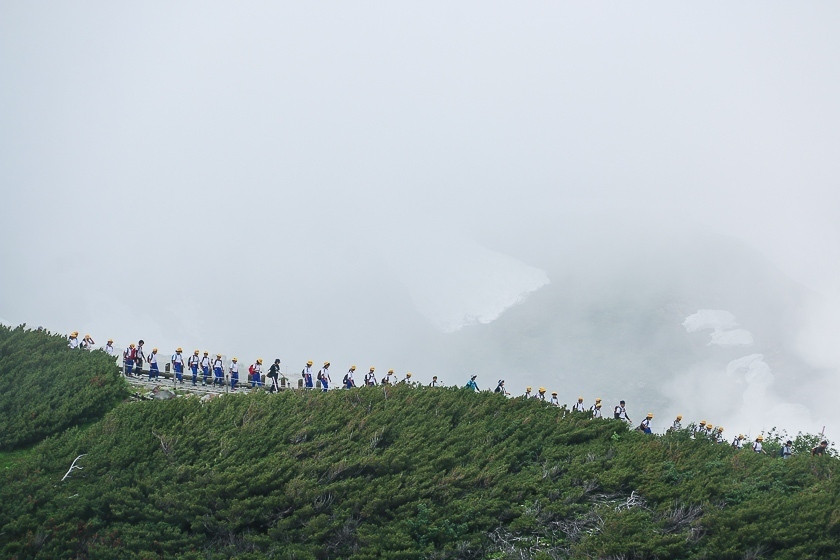
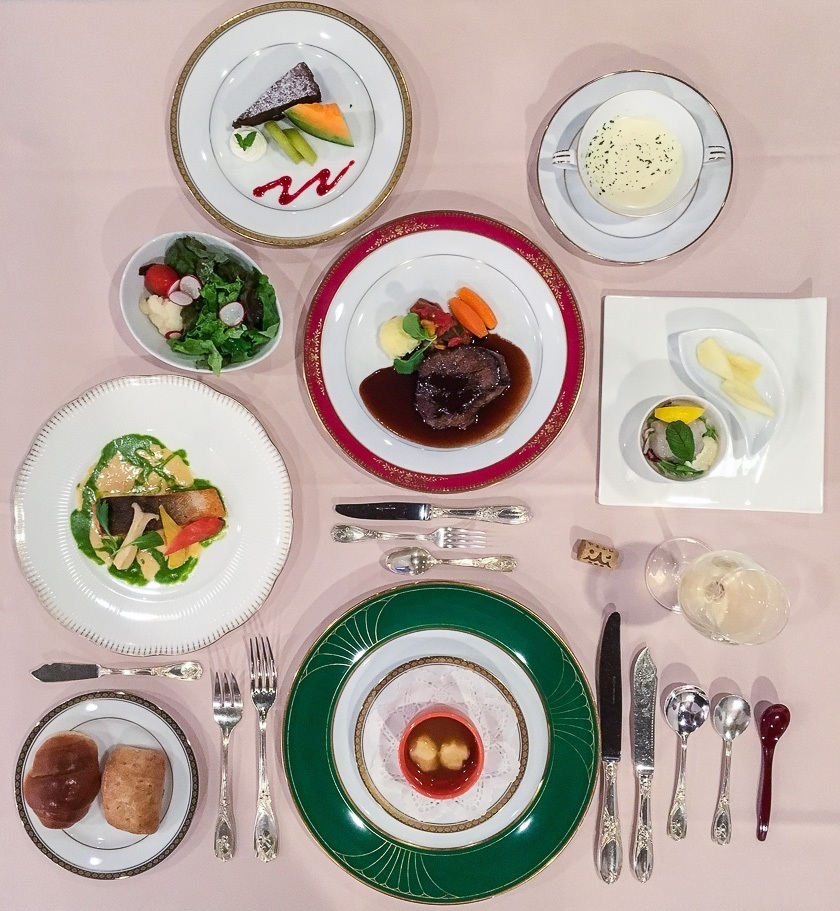
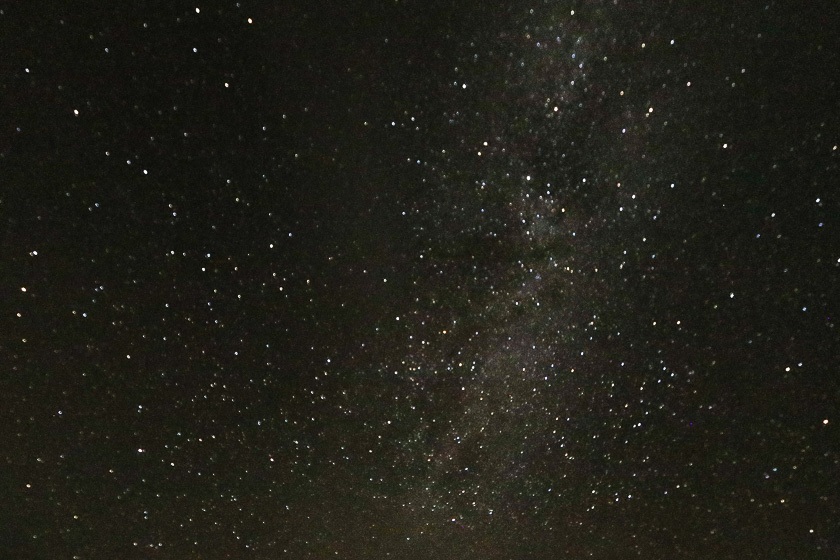
After getting my fill of the great outdoors the day (and night) before, I started my descent back into civilisation. The low hanging clouds along the way brought about a dramatic air to the trip and a fitting farewell to the epic journey I've had.
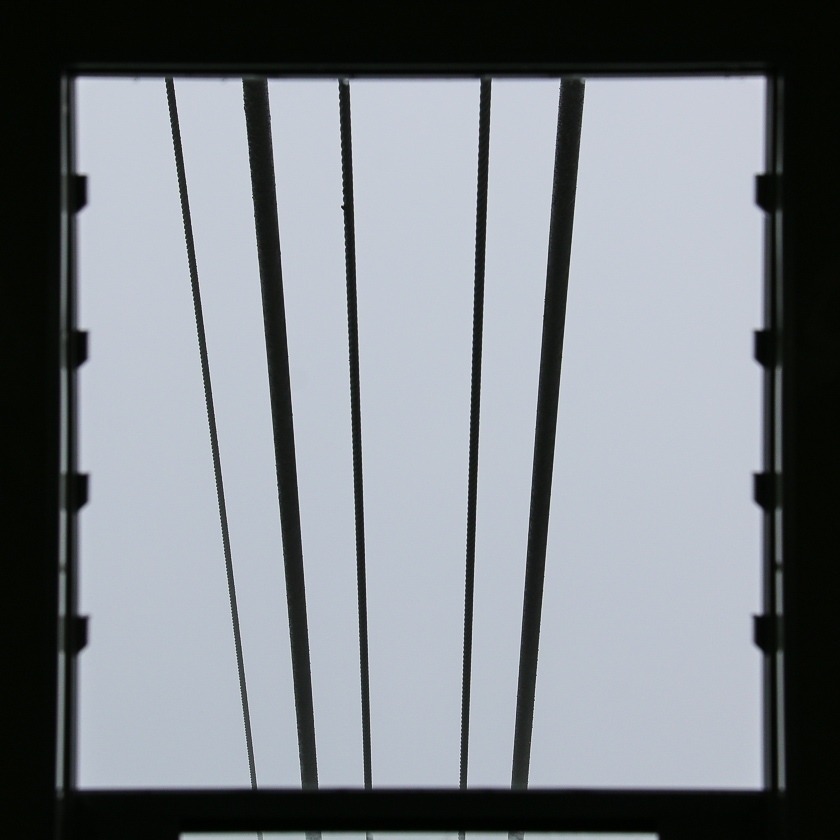
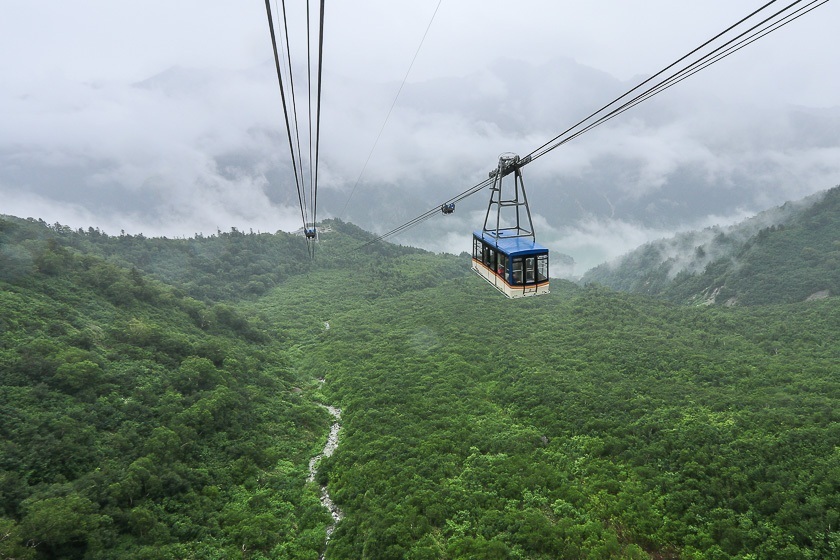
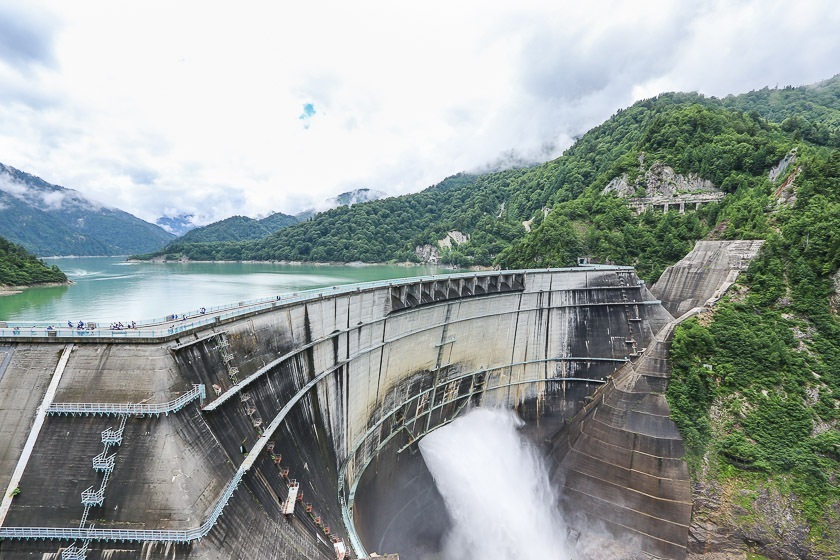
I found a lot of beauty in Toyama Prefecture, from hidden villages to amazing train rides and vast wilderness almost as far as my eyes could see. Needless to say, I am already looking forward to going in another season for a different experience!
